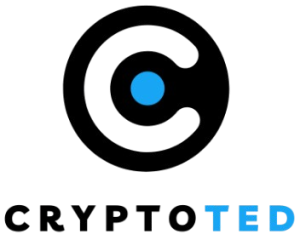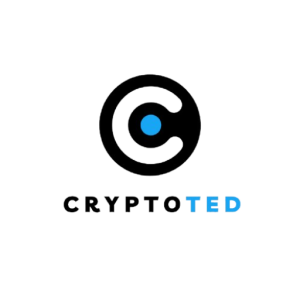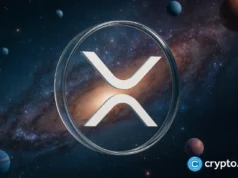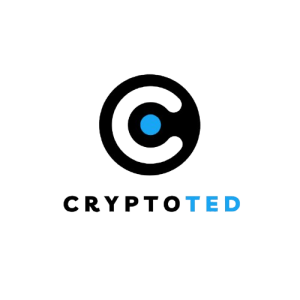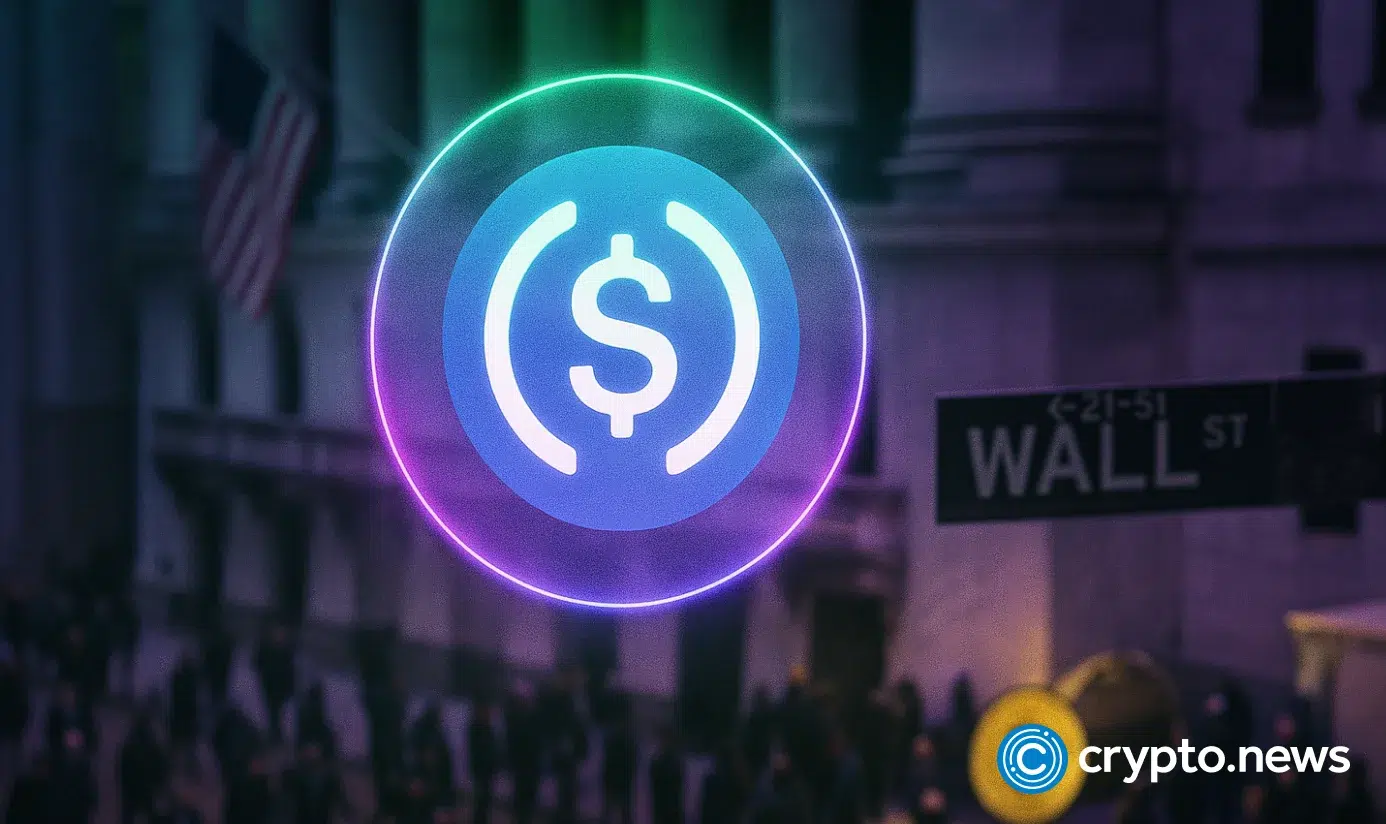
Circle is releasing a new developer toolkit designed to reduce the complexity of integrating cross-chain USDC transfers. The Bridge Kit packages existing protocol functions into a streamlined SDK, potentially cutting significant time from development cycles.
Summary
- Circle unveiled Bridge Kit, a new SDK that simplifies cross-chain USDC transfers using its Cross-Chain Transfer Protocol (CCTP).
- The toolkit condenses complex bridging steps into a single method call, enabling transfers between EVM and non-EVM chains.
In an announcement on Oct. 21, USDC issuer Circle unveiled its Bridge Kit, a developer toolkit that abstracts the underlying complexity of its Cross-Chain Transfer Protocol. The kit provides pre-built software methods, comprehensive documentation, and sample code, allowing developers to implement secure USDC transfers across different blockchains with a significantly reduced coding footprint.
Bridge Kit’s launch signals a strategic pivot for Circle, shifting from simply providing the plumbing for cross-chain movement to actively encouraging its use by reducing the developer resources required.
How Bridge Kit simplifies cross-chain USDC movement
Circle said Bridge Kit functions as an abstraction layer for its CCTP, packaging the multi-step process of a cross-chain transaction, which typically involves burning, attesting, and minting tokens across different networks, into a single, high-level SDK method.
This is how it enables a transfer between, for example, an Ethereum Virtual Machine chain and a non-EVM chain like Solana with one call. The developer no longer needs to manually manage the entire sequence of on-chain operations; the toolkit handles the orchestration internally.
The USDC issuer outlines several benefits within the kit. The claimed fast, intuitive integration stems from this abstraction, purportedly allowing a functional transfer to be added in under ten lines of code.
A notable feature is the built-in monetization support, which provides developers with the logical framework to embed a fee mechanism directly into their application, letting them earn revenue from each transfer they facilitate.
Per the statement, the toolkit is the opening move in Circle’s broader vision for what it terms the “ideal DevEx,” or developer experience. Circle believes the inevitable migration of the global economy onchain requires a more streamlined foundation. Bridge Kit is explicitly the first in a planned suite of such tools, with future kits intended to simplify other core stablecoin functions like “swap” and “pay.”
